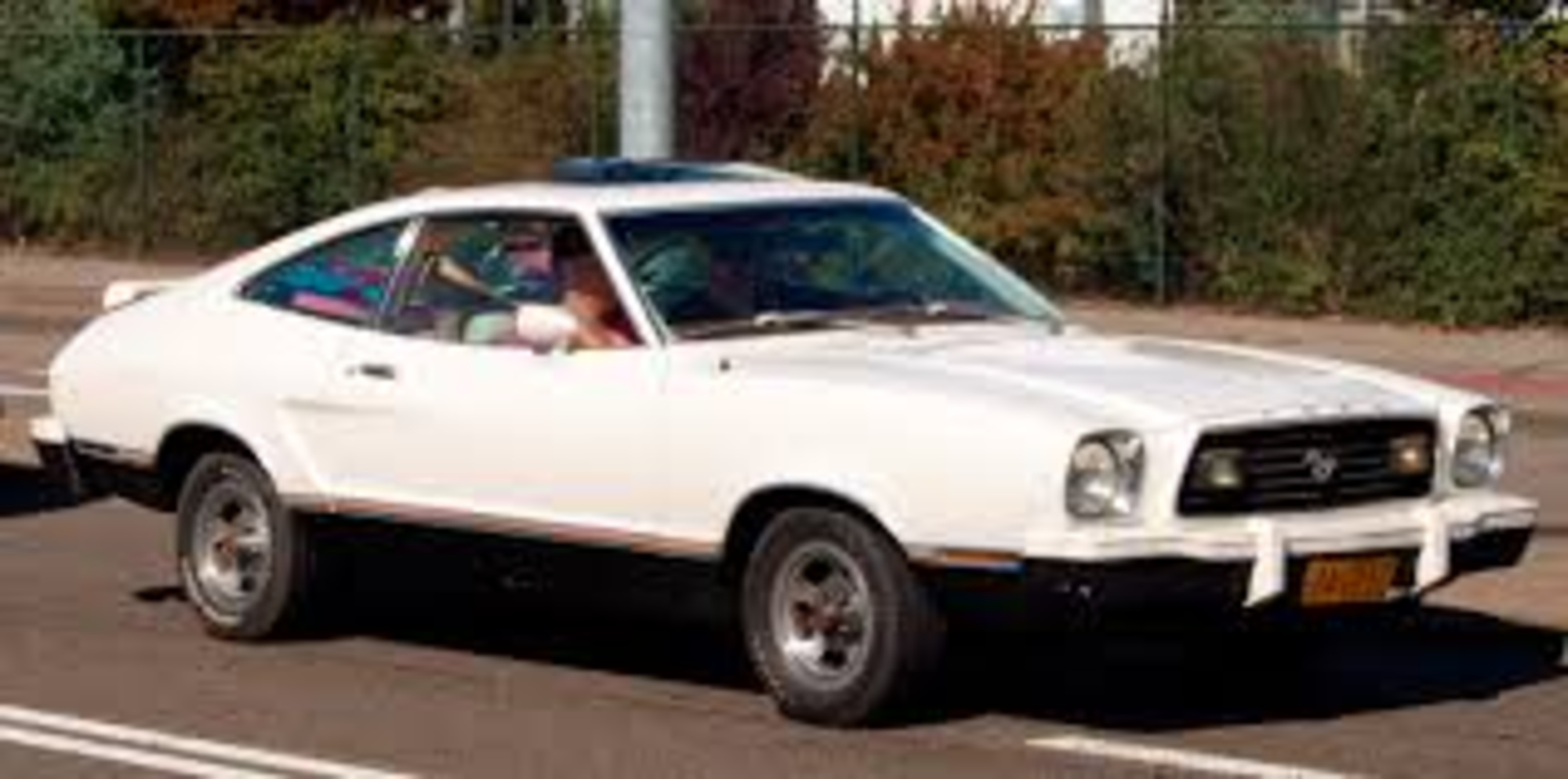
Gen 1 Mustang
Lee Iacocca's assistant general manager and chief engineer, Donald N. Frey was the head engineer for the T-5 project—supervising the overall development of the car in a record 18 months—while Iacocca himself championed the project as Ford Division general manager. The T-5 prototype was a two-seat, mid-mounted engine roadster. This vehicle employed the German Ford Taunus V4 engine.

1964 ½ Mustang
The Ford Mustang began production five months before the normal start of the 1965 production year. The early production versions are often referred to as "1964½ models" but all Mustangs were advertised, VIN coded and titled by Ford as 1965 models, though minor design updates in August 1964 at the formal start of the 1965 production year contribute to tracking 1964½ production data separately from 1965 data (see data below). with production beginning in Dearborn, Michigan, on March 9, 1964; the new car was introduced to the public on April 17, 1964 at the New York World's Fair.

Gen 2 Mustang
The new model, called the "Mustang II", was introduced on September 21, 1973, two months before the first 1973 oil crisis, and its reduced size allowed it to compete against successful imported sports coupés such as the Japanese Datsun 240Z, Toyota Celica and the European Ford Capri (then Ford-built in Germany and Britain, sold in U.S. by Mercury as a captive import car). First-year sales were 385,993 cars, compared with the original Mustang's twelve-month sales record of 418,812. Ultimately, the Mustang II would be an early example of downsizing that would take place among Detroit's Big Three during the Malaise era.

Gen 3 Mustang
The 1979 Mustang was based on the larger Fox platform (initially developed for the 1978 Ford Fairmont and Mercury Zephyr). The larger body with an increased wheelbase yielded more interior space for four passengers, especially in the back seat, as well as a larger capacity trunk and a bigger engine bay.

Gen 4 Mustang
In November 1993, the Mustang debuted its first major redesign in fifteen years. Code-named "SN-95" by the automaker, it was based on an updated version of the rear-wheel drive Fox platform called "Fox-4." The new styling by Patrick Schiavone incorporated several styling cues from earlier Mustangs. For the first time since its introduction 1964, a notchback coupe model was unavailable.

Gen 5 Mustang
Ford introduced a re-designed 2005 model year Mustang at the 2004 North American International Auto Show, codenamed "S-197", that was based on the new D2C platform. Developed under the direction of Chief Engineer Hau Thai-Tang, a veteran engineer for Ford's IndyCar program under Mario Andretti, and exterior styling designer Sid Ramnarace, the fifth-generation Mustang's styling echoes the fastback Mustang models of the late-1960s. Ford's senior vice president of design, J Mays, called it "retro-futurism." The fifth-generation Mustang was manufactured at the Flat Rock Assembly Plant in Flat Rock, Michigan.

Gen 6 Mustang
The sixth generation Ford Mustang (S550) is the current iteration of the Mustang pony car manufactured by Ford. In departure from prior Mustang models, the sixth generation Mustang includes fully independent rear suspension on all models, as well as an optional 2.3L EcoBoost turbocharged and direct injected four cylinder engine. The new Mustang was introduced as a 2015 model year vehicle, marking the fiftieth anniversary of the Ford Mustang, which was revealed as a 1965 model year vehicle on April 17, 1964.

Electronic SUV Mustang
On November 17, 2019, Ford announced the Ford Mustang Mach-E. Unrelated to any of the pony car Mustang versions it is an electric crossover with rear-wheel and all-wheel drive. It has 210–375 miles (340–605 km) of range and an updated Ford Sync system with a 15.5 inch display. The Mustang Mach-E comes in several different trims including First Edition, Select, Premium, California Route 1, and GT. The Mach-E Mustang also offers "regular and extended-range batteries".